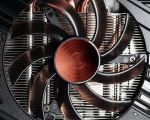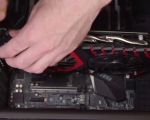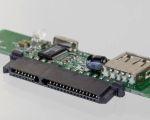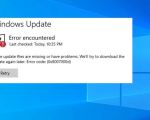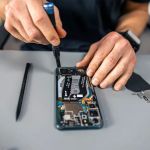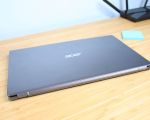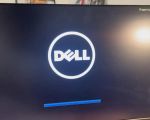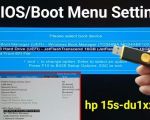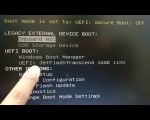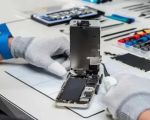How to Boot Dell Latitude from USB Drive
- 1. Prepare the USB Drive for Booting
- 2. Accessing the Boot Menu on Dell Latitude
- 3. Configuring the BIOS Settings
- 4. Booting from the USB Drive
- 5. Troubleshooting Boot Issues
1. Prepare the USB Drive for Booting
Before you can boot your Dell Latitude from a USB drive, you need to ensure that the drive is set up correctly. First, download the operating system image or software you intend to boot from and use a tool like Rufus or the official Windows USB/DVD Download Tool to create a bootable USB drive. Make sure the drive is formatted to FAT32 or NTFS depending on the size of the operating system.
For example, if you are trying to install a new operating system, you’ll need a USB with at least 8GB of free space. This step is crucial for ensuring that the Dell Latitude can read and boot from the USB drive.
2. Accessing the Boot Menu on Dell Latitude
Once your USB drive is ready, it’s time to access the boot menu on your Dell Latitude. To do this, you will need to power on the laptop and press the F12 key immediately when the Dell logo appears. This will take you to the Boot Menu, where you can choose from various bootable devices.
If you miss the F12 prompt, simply restart the laptop and try again. This step is vital for initiating the process of booting from your USB drive rather than the internal hard drive.
3. Configuring the BIOS Settings
If you can’t access the boot menu or the USB drive doesn’t show up, you might need to adjust the BIOS settings. Restart your Dell Latitude and press the F2 key to enter the BIOS settings. From here, navigate to the Boot Sequence section and ensure that the USB drive is set as the primary boot device.
Also, check the Secure Boot setting in the BIOS. If it's enabled, you may need to disable it to allow booting from non-certified devices like USB drives. These changes should ensure that your laptop can boot from the USB drive without issues.
4. Booting from the USB Drive
After adjusting the BIOS settings, restart your Dell Latitude. When the laptop restarts, it should now boot directly from the USB drive. You will see a prompt asking you to proceed with the installation or recovery process, depending on what is stored on your USB drive.
It’s essential to follow the on-screen instructions carefully to complete the setup process. Whether you’re installing an operating system or running diagnostic tools, the USB booting process is straightforward once the settings are correctly configured.
5. Troubleshooting Boot Issues
If you encounter any issues during the boot process, here are some things to check:
- Ensure the USB drive is properly formatted and contains the correct files.
- Verify the boot order in the BIOS and ensure USB boot is enabled.
- Check the USB drive on another computer to confirm it’s working.
- If using a large drive, consider reformatting to a smaller size or partitioning it.
By following these troubleshooting steps, you should be able to resolve most common boot issues. If problems persist, visiting a professional or Dell support might be necessary for further assistance.










